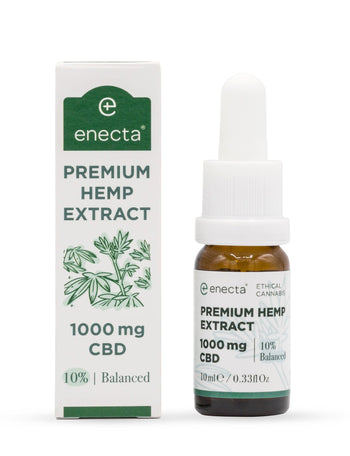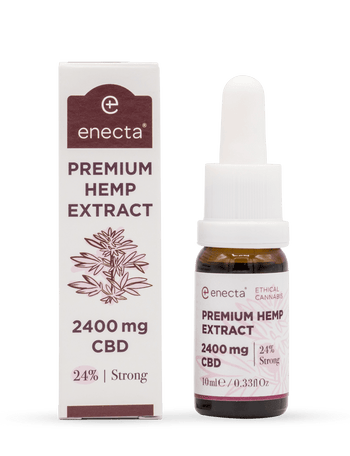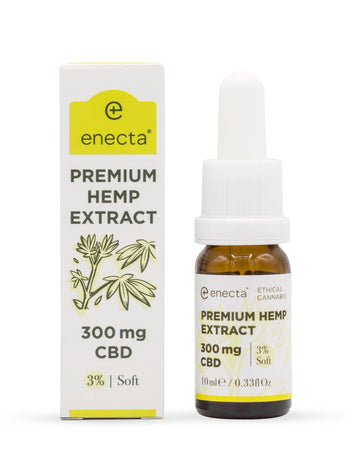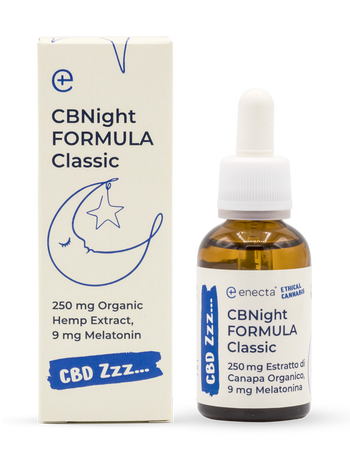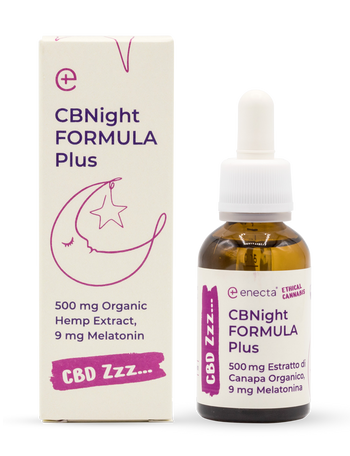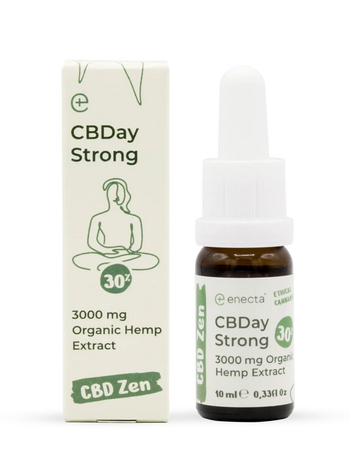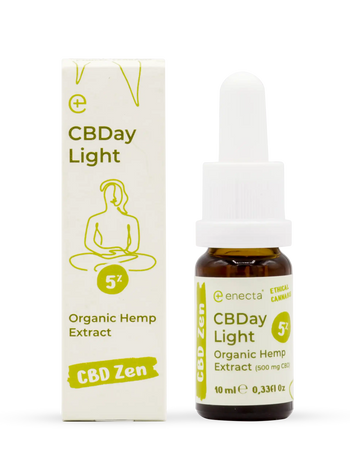Cannabis sativa is a plant with many resources and properties and it is not only made up of inflorescences; in fact, it is possible to obtain biomass from hemp, a precious natural resource that can be successfully used in various fields, from pharmacology to food.
In this article we will take an in-depth look at this versatile and sustainable product which industrial hemp is. Here is what we will look at specifically:
- What is hemp biomass?
- What is hemp biomass used for?
- How biomass is produced
- CBD extraction: methods
- Certified seeds for biomass

What is Hemp biomassa?
The term 'industrial hemp' corresponds to certain varieties of Cannabis Sativa, belonging to the Cannabaceae family. Cannabis sativa differs from other varieties because of its low or almost non-existent THC contents.
Law no. 242/2016 of December 2016, in fact, which deals with regulating the cultivation of hemp sativa as a valuable natural resource, provides that in order to be cultivated, plants must maintain a THC content of between 0.2 and 0.6% and that hemp cultivation must only take place using certified hemp seeds registered in the European Seed Register.
From industrial hemp it is possible to obtain biomass, which is a special processing of all plant material present in the cannabis plant, with the exception of seeds, stems and main branches.
Biomass lends itself to a variety of uses, which we will look at in more detail in the next section. In general, however, since most of the products that can be obtained from hemp biomass are now of interest to the pharmaceutical, food and cosmetic sectors, it is essential that each plant is grown in clean soil free of chemical additives.
This is why growers are not only required to use certified hemp seeds in order to produce biomass, but they are also required to follow and apply the GACP (Good agricultural and collection practices for medicinal plants) guidelines and the HACCP protocols. In this way, it is possible to guarantee a final product that is as pure and of the highest quality as possible, and which can also be used safely in medical cannabis treatments or for food purposes (for example CBD oil, CBG oil) or cosmetic purposes (specific creams, gels and lotions).
Hemp biomass: what is it used for?
In order to meet the needs of these specific markets, some varieties of industrial hemp have been specially designed to produce biomass with a high cannabinoid content. They therefore continue to have a THC content of less than 0.2%, but offer biomass with a high content of CBD or CBG, two cannabinoids that have no psychoactive effects but offer many beneficial properties, which have already been tested in various research projects on medical cannabis, as well as in the food and cosmetics markets.
This type of biomass can be used to extract, distill or isolate the active ingredients of non-psychoactive cannabinoids. The final product can be used for the production of virtually any CBD or CBG product.

Let's see what the main products that can be made from hemp biomass are:
- CBD oil or CBG oil: both CBD and CBG oils can be obtained by extracting the single active ingredients from hemp biomass. Both of these oils are used to treat some diseases in a natural way. CBD and CBG have numerous therapeutic properties that make them effective in treating various disorders such as chronic pain, epilepsy, some neuropathic disorders, insomnia and mood disorders. The pharmaceutical industry uses both oils as the basis for several medicines intended for medical cannabis treatments. Both CBD and CBG also have antibacterial and antiseptic properties, which make them effective in the preparation of anti-acne creams and lotions or to counteract psoriasis.
- CBD or CBG crystals: CBD or CBG crystals: these are the purest derivatives of cannabis sativa that can be obtained by CO2 extraction, one of the best methods for obtaining a high quality end product with a high active ingredient content. The crystals are chosen by those using medical cannabis treatments, but also by all those who want the benefits of non-psychoactive cannabinoids while still avoiding combustion and vaping.
- Other types of extracts: biomass can also be used to produce the active ingredient for e-liquids and waxes containing CBD and CBG. The e-liquids are used in e-cigarettes and the waxes in vaporizers for herbs and extracts.
We have mentioned all these non-psychoactive cannabinoid products first because they are in high demand on the market at the moment, and this trend has been growing steadily for the last three years.
However, it may be useful to mention that industrial hemp biomass is also used for the production of sustainable fuel. It is particularly useful for farmers and other small and medium-sized enterprises in need of renewable energy.
It has also been used for decades for the production of fibres used in textiles, clothing and paper.
Of course, biomass for hemp fibre requires different manufacturing processes from those of biofuel and again different from those used to make non-psychoactive cannabinoid products.
At present, most of the industrial hemp on the market for the production of hemp biomass has a CBD content of between 2 and 4 %. With regard to CBG (a recently discovered cannabinoid that is even more sought after by the market and by consumers of light cannabis), the varieties of hemp sativa available have an active principle content of 2 to 3%.
We have introduced into the industrial hemp market two varieties that are ideal for the production of hemp biomass and exceed the standards. We have Enectaliana, with a high CBD content (5-8%) and Enectarol, with a high CBG content (4-6%); two brand new, extremely stable varieties with a higher germination rate than the standards, which you can read more about on our website.
How biomass is produced
In order to obtain biomass, the plants resulting from cannabis cultivation must be harvested and dried. Subsequently, the plants can be cut and shredded, i.e. finely chopped.
It can be useful to cut the stems all of the same size and to remove leaves and remnants from the stems beforehand.
The plant material will then be fed into special machines that will grind and compact it to obtain hemp biomass.
In order to obtain top quality biomass, it is important to make sure that all plant matter has been properly ground and that no stems, branches or seeds are present.
The process involves removing any larger branches or other excessively large components before feeding them into the machine.
We produce our biomass exclusively from certified hemp sativa crops and our soils are free of pesticides and heavy metals.
We adhere to GACP guidelines and HACCP protocols to produce products that meet pre-defined quality and safety standards.
We carefully monitor all stages of the processing of our biomass, ensuring that the different varieties grow separately and are processed separately to avoid cross-contamination. We inspect every stage of the packaging process and take special care to preserve our batches so that you can be assured of a safe, high-quality end product.
CBD extraction: methods
Among the various methods that can be used for the extraction of CBD and CBG from hemp biomass, which will then be used for the preparation of all products based on those cannabinoids, we distinguish two main ones: solvent extraction method and solvent-free extraction method.
Both of these extraction methods cannot be performed without the involvement of trained professionals with appropriate equipment.
- Carbon dioxide extraction: the CO2 method uses the gas in its normal, liquid form to extract the compound from plant matter. Through the use of a closed-circuit extractor, which is nothing more than a pressurised chamber, the CO2 is compressed into a liquid. The liquid is then poured over the hemp biomass to isolate the cannabinoids. The solution is heated to very high temperatures at which the CO2 turns back into gas and evaporates, leaving the extracted CBD in a special storage compartment.
Carbon dioxide is extremely versatile and can process up to about one and a half kilos of biomass at a time. In addition, with this type of extraction, it is possible to extract not only the individual cannabinoids, but also other compounds of the hemp plant, such as terpenes, which are responsible for giving the final product additional therapeutic properties. Full spectrum CBD products can only be obtained with this type of extraction.
- Solvent extraction method: this is a cheaper and faster method than the previous one. Butane, ethanol and propane are frequently used as solvents (solvents which are suitable for and employed in the food industry). After the solvent has been poured over the biomass, the high or very low temperature separates the plant matter from the other active components without damaging them. Once the CBD oil has been extracted from the hemp biomass, a process known as winterization begins, in which all impurities and other unwanted components are removed, thanks to a very low temperature.
The extracted oil is mixed again with a solvent (ethanol) and the solution is frozen. At this stage the impurities solidify, then the solution is filtered and the ethanol is removed from the final product.

Certified seeds for biomass
The cultivation of hemp in Italy is only legal if the hemp seeds used are certified and registered in the European Seed Register. In addition, the grower is obliged to keep the label and the purchasing invoices for a period of one year after sowing. The label must be the original. Copies and photocopies cannot be considered valid. Each label must indicate the production batch, the date of certification and the weight of the package.In the event of partial use of the hemp seeds, they may be stored in the original packaging together with the label.
Those collecting hemp seeds from their own cultivation can use them for food production, but cannot use them, let alone sell them, as breeding seed.
Seeds for hemp cultivation intended for biomass production must be sourced from specialised companies able to guarantee all the standards required by certification, such as a high degree of germination (not less than 80%), purity of variety and genetic stability, which will ensure that the essential characteristics of the plant remain unchanged throughout its existence.
This is very important both for the THC content, which must remain below 0.2%, and for the percentage of the other cannabinoid elements, which must maintain the indicated percentage throughout the growth phase and also after processing for biomass production. It is not permitted to re-use seed from any given crop for sowing the following year, for agronomic reasons and to better protect the genetics of the variety.
More info:
info@enecta.farm
































